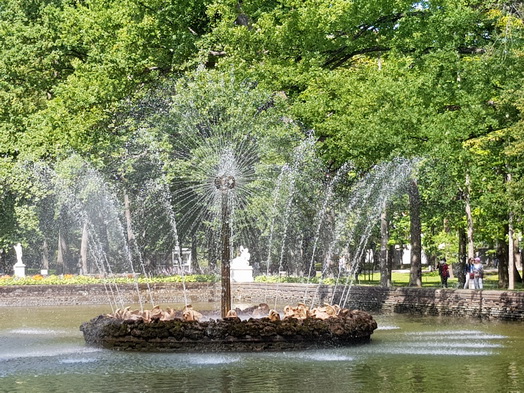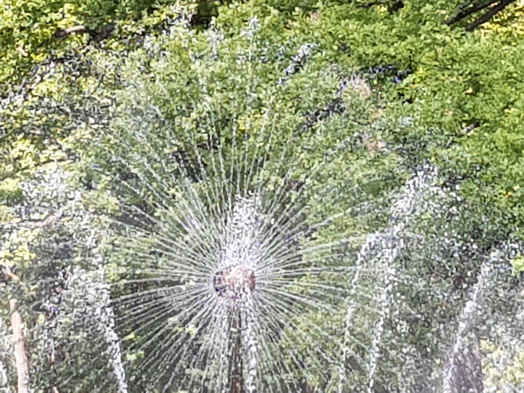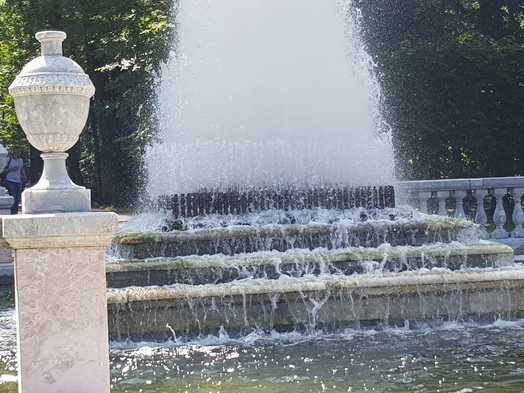 Safaris
Bergsteigen
Wandern
Inselwandern Weltweit
Safaris
Bergsteigen
Wandern
Inselwandern Weltweit
 Europa
Inselwandern
Europa
Inselwandern
 Städtewandern
Städtewandern
 Paintings
Paintings Dirk Rauschenbach
Dirk Rauschenbach
 Safaris
Bergsteigen
Wandern
Inselwandern Weltweit
Safaris
Bergsteigen
Wandern
Inselwandern Weltweit
|
 Europa
Inselwandern
Europa
Inselwandern
|
 Städtewandern
Städtewandern
|
 Paintings
Paintings |
 Dirk Rauschenbach
Dirk Rauschenbach
|
|
 |
 |
| St. Petersburg Peterhof | St. Petersburg Peterhof Wasserkreiselbrunnen |
 |
 |
| St. Petersburg Peterhof | St. Petersburg Peterhof Vogelvolieren |
|
|
|
| St. Petersburg Peterhof | St. Petersburg Peterhof |
|
|
|
| St. Petersburg Peterhof | St. Petersburg Peterhof |
|
The Wasserkreiselbrunnen (also known as the Water Spiral Fountain) is a fascinating water feature that can be found in various parks and palaces in Europe, particularly in places with historical gardens. In the context of St. Petersburg, a prominent example of such a fountain can be found in the Peterhof Palace complex, which is often referred to as the "Russian Versailles." Key Features of the Wasserkreiselbrunnen at Peterhof:
Fun Facts:
Conclusion:The Wasserkreiselbrunnen at Peterhof adds to the charm and beauty of one of St. Petersburg's most iconic attractions. If you're visiting Peterhof, this serene and mesmerizing fountain is definitely worth seeing, especially as it offers a different kind of water feature compared to the grand cascades and large fountains throughout the park. Would you like more information about Peterhof, or any other fountains and gardens in St. Petersburg? Let me know if you'd like to explore other highlights of the city! |
![]() 26.07.25 Copyright Dirk
Rauschenbach Koelnerstrasse 293 51702 Bergneustadt
Datenschutzerklaerung 02261 9788972 Mail ccooly(
at) web.de
26.07.25 Copyright Dirk
Rauschenbach Koelnerstrasse 293 51702 Bergneustadt
Datenschutzerklaerung 02261 9788972 Mail ccooly(
at) web.de